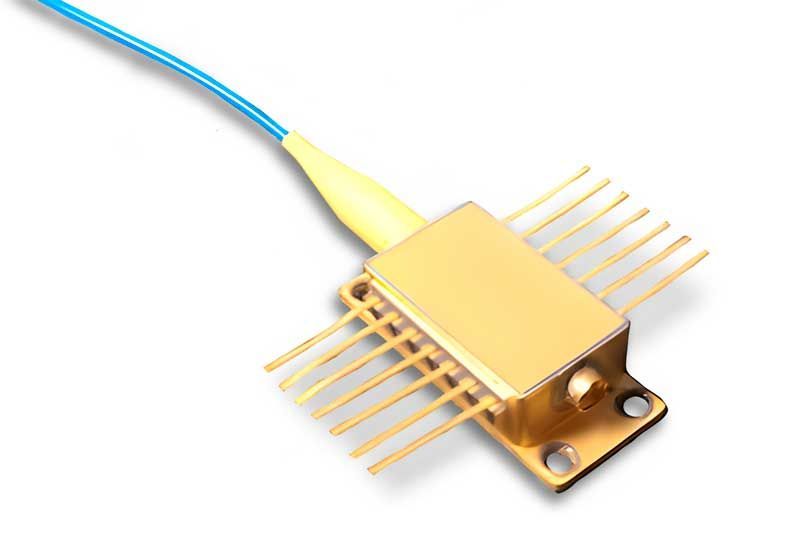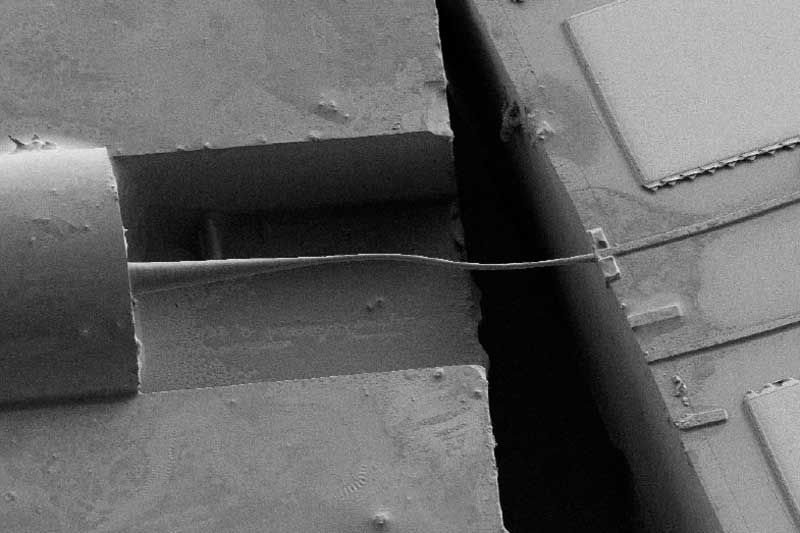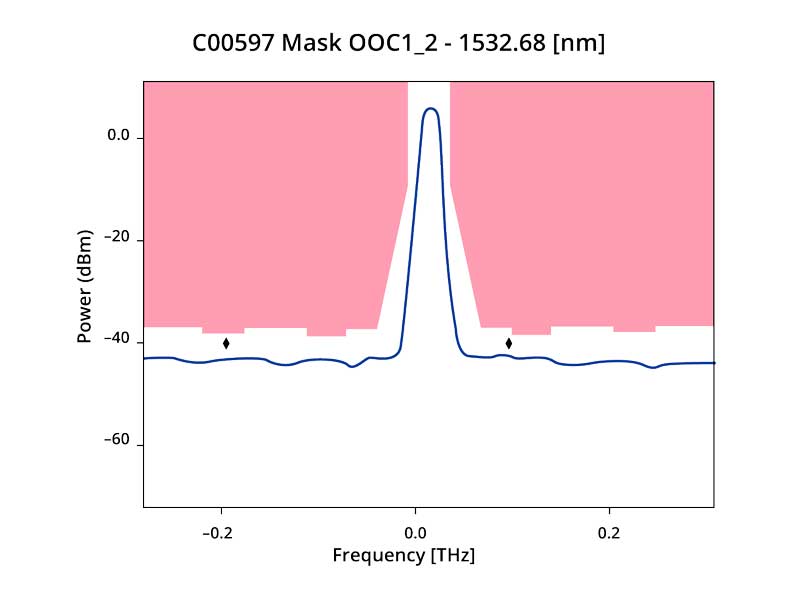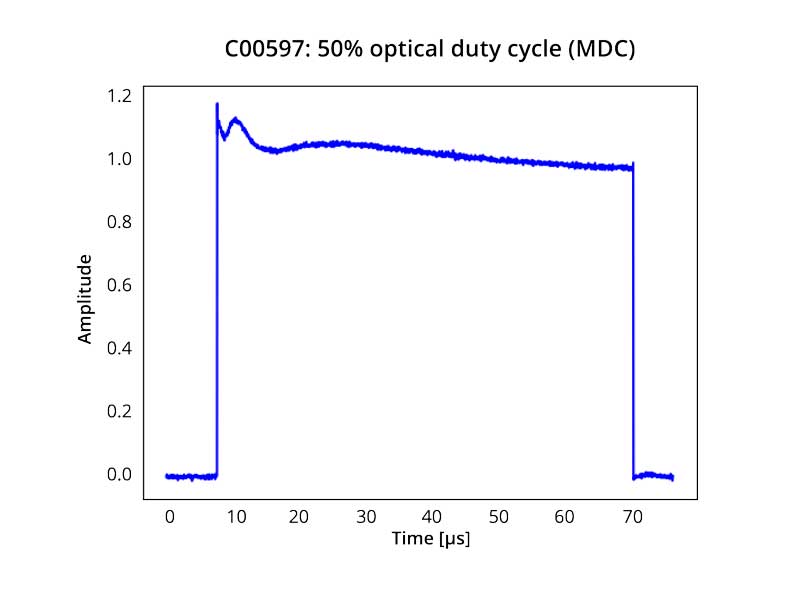Application
Tunable Laser

Specifications and application
AEPONYX’s tunable lasers and wavelength multiplexing can be used to expand network capacity while re-using existing fiber infrastructure and find commercial applications for NG-PON2 transceivers (with C-PON transceivers on the product roadmap).
AEPONYX introduced a T-DBR EML laser with semiconductor optical amplifier (SOA) that is burst-mode transmission capable of supporting 10G NRZ and soon, 25G NRZ and 50G PAM4.
Fast tuning time, extended reach, high output power, integrated shutter, and low spectral excursion are some of the performance benefits achieved. In addition, AEPONYX has the ability to manufacture and test these products in high volume in order to keep the per-unit costs low and scale for high-volume markets.
Markets
- xHaul and DWDM PON networks
- Tunable transceivers (NGPON2, G.9804.1)
- Coherent transceivers
Applications
- NG-PON2 ONU transceiver
- C-PON transceiver
Benefits
- Fast tuning time (µs)
- Extended reach (20 km)
- High output power
- Low spectral excursion
- Integrated shutter
- T-DBR EML laser with SOA
- Support for 10G NRZ
- 25G NRZ and 50G PAM4 on road map
- Burst-mode transmission capable
Key specifications
- Nominal line rate: 9.95328 Gbit/s
- Operating wavelength band: 1532 to 1540 nm
- Minimum extinction ratio: 6 dBm
- Maximum spectral excursion: 20 GHz
- Maximum tuning window: 500 GHz
- Maximum tuning granularity: 5 GHz
- Maximum launch power: 9 dBm

AEPONYX has commercially available a T-DBR EML laser with semiconductor optical amplifier (SOA) that is burst-mode transmission capable and supports 10G NRZ.
Performance benefits
Fast tuning time, extended reach, high output power, integrated shutter, and low spectral excursion are some of the performance benefits achieved.

Spectral curve and mask showing the out-of-channel compliance of our tunable laser against the NG-PON2 specification.

Time-resolved curve of our tunable laser at 50% duty cycle showing top of the class transient performance.


